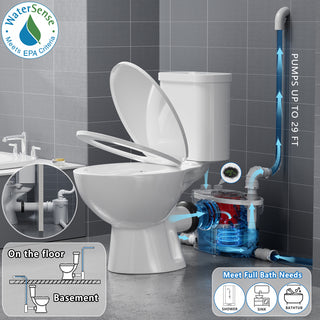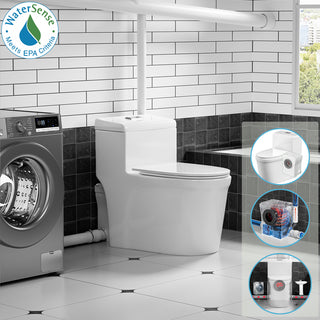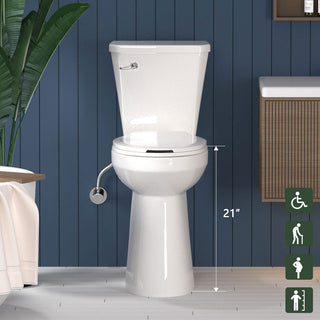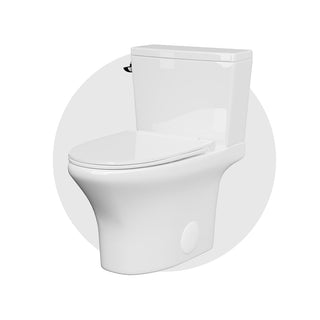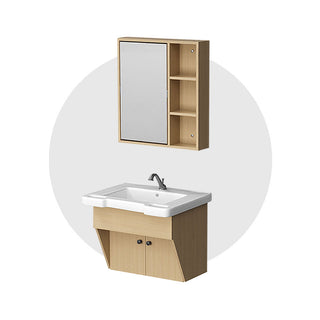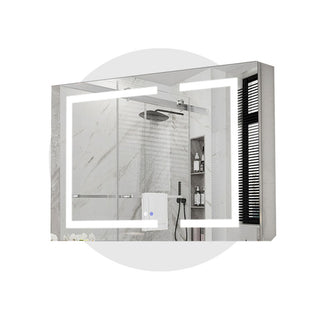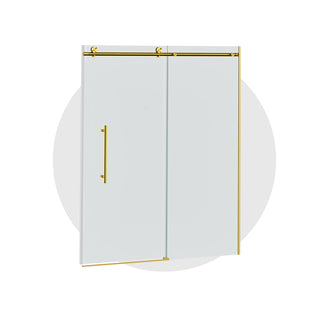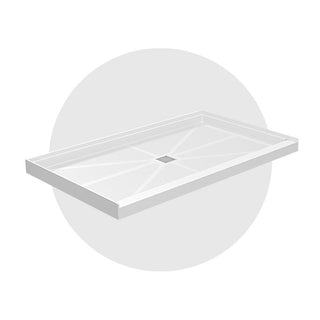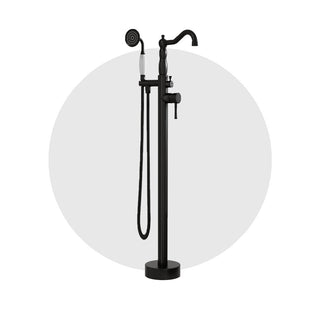Sure, plumbing and layout matter—but ask around, and you’ll find that some folks believe the wrong corner can flush away your luck, too! While modern design focuses on functionality and efficiency, we think it’s fun to explore the traditional beliefs behind where your bathroom should (or shouldn't) be.😄
Let’s take a look at how ancient principles like Vastu Shastra approach toilet placement—and how to balance those ideas with real-life design needs.
I. What Is Vastu, and Why Does It Matter for Toilets?
Vastu Shastra is an ancient Indian system of architecture and spatial energy flow. Much like Feng Shui, it’s based on the idea that directional forces can influence harmony, health, and prosperity in the home.
According to Vastu, different areas of the house are governed by different elements:
- Northeast represents water and spirituality💧
- Southeast is ruled by fire🔥
- Southwest stands for stability and strength💪🏻
- Northwest relates to air and movement🍃
Toilets, by nature, are associated with waste and downward energy. That’s why their placement is considered important—it’s believed that locating them in the wrong zone might interfere with the energy of that element.
II. Can a Toilet Be in the Southeast Corner?
The southeast direction is connected to the fire element and is traditionally linked to wealth, digestion, and the well-being of women in the household.
So, what happens if you place a toilet there?
According to Vastu:
- It may disturb the fire energy, potentially leading to health issues (especially digestive) or financial instability.
- It’s also said to create imbalances in personal relationships.
But don’t panic if your toilet is already in this corner. Many modern homes do have southeast bathrooms, especially in space-challenged floorplans. While Vastu purists might advise remodeling, here are some gentle remedies often suggested:
- Keep the toilet clean, dry, and well-lit.
- Add a small plant or bowl of sea salt to absorb negative energy.
- Use light, neutral tiles and avoid red or fiery tones.
At the end of the day, ventilation, hygiene, and function matter more than compass points for most modern homeowners—but there’s no harm in adding a little symbolic balance if you believe in it.
III. What About a Toilet in the Southwest Corner?
The southwest corner is considered the most powerful zone in Vastu, associated with leadership, grounding energy, and family stability.
Putting a toilet here, traditionally speaking, is a big no-no.
Why?
- It’s believed to weaken the foundation of family relationships.
- May cause confusion in decision-making or career issues, especially for heads of the household.
That said, modern layouts sometimes leave no choice, especially in apartments or tight lots. In such cases, some balancing tips include:
- Elevate the bathroom floor slightly higher than the rest of the house (symbolically stabilizing the space).
- Place a mirror on the exterior of the bathroom door.
- Use earth tones and natural textures to honor the grounding energy of the southwest.
Again, don’t let directional worry override practicality. The key is keeping the space clean, well-designed, and respectful of your needs.
IV. So... Which Corner Is Best for a Toilet?
According to Vastu experts, the northwest or west zones are considered the most appropriate for toilet placement. These areas:
- Align better with the nature of waste disposal and air movement
- Are less likely to conflict with fire, water, or stability energies
In practical terms, the best corner for your toilet is the one that:
- Fits your plumbing layout
- Offers proper ventilation and privacy
- Allows comfortable use and maintenance
If that happens to match with Vastu-friendly directions—great! If not, a mindful design approach can go a long way toward creating a balanced home, even without perfect directional alignment.
V. Final Thoughts: It’s All About Balance
Toilets are essential, and their placement is ultimately a mix of form, function, and—if you wish—tradition. Whether you’re planning a new layout or adjusting to an existing one, it’s okay to blend science with symbolism.
Respect your beliefs, trust your layout, and design a space that supports your lifestyle.


